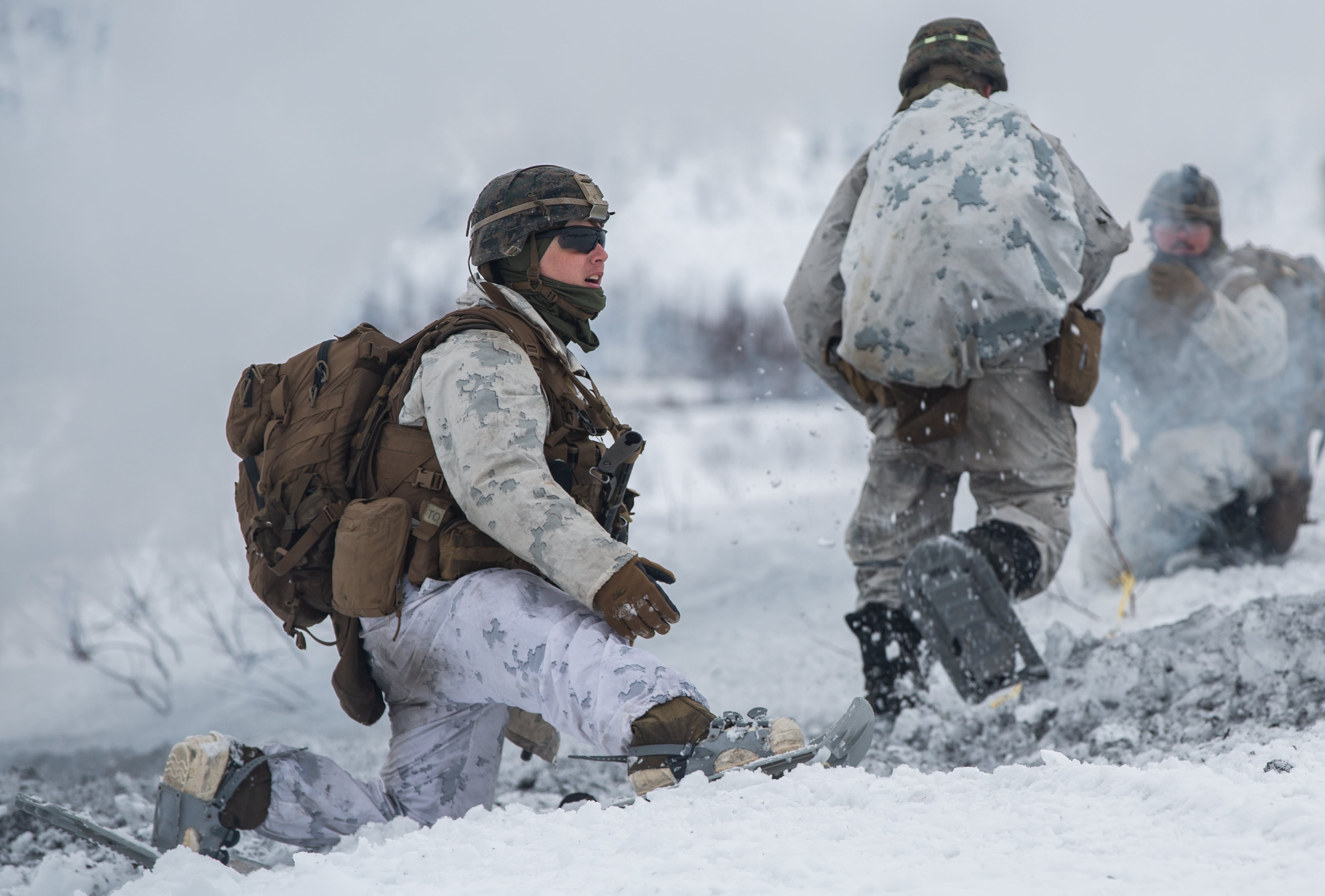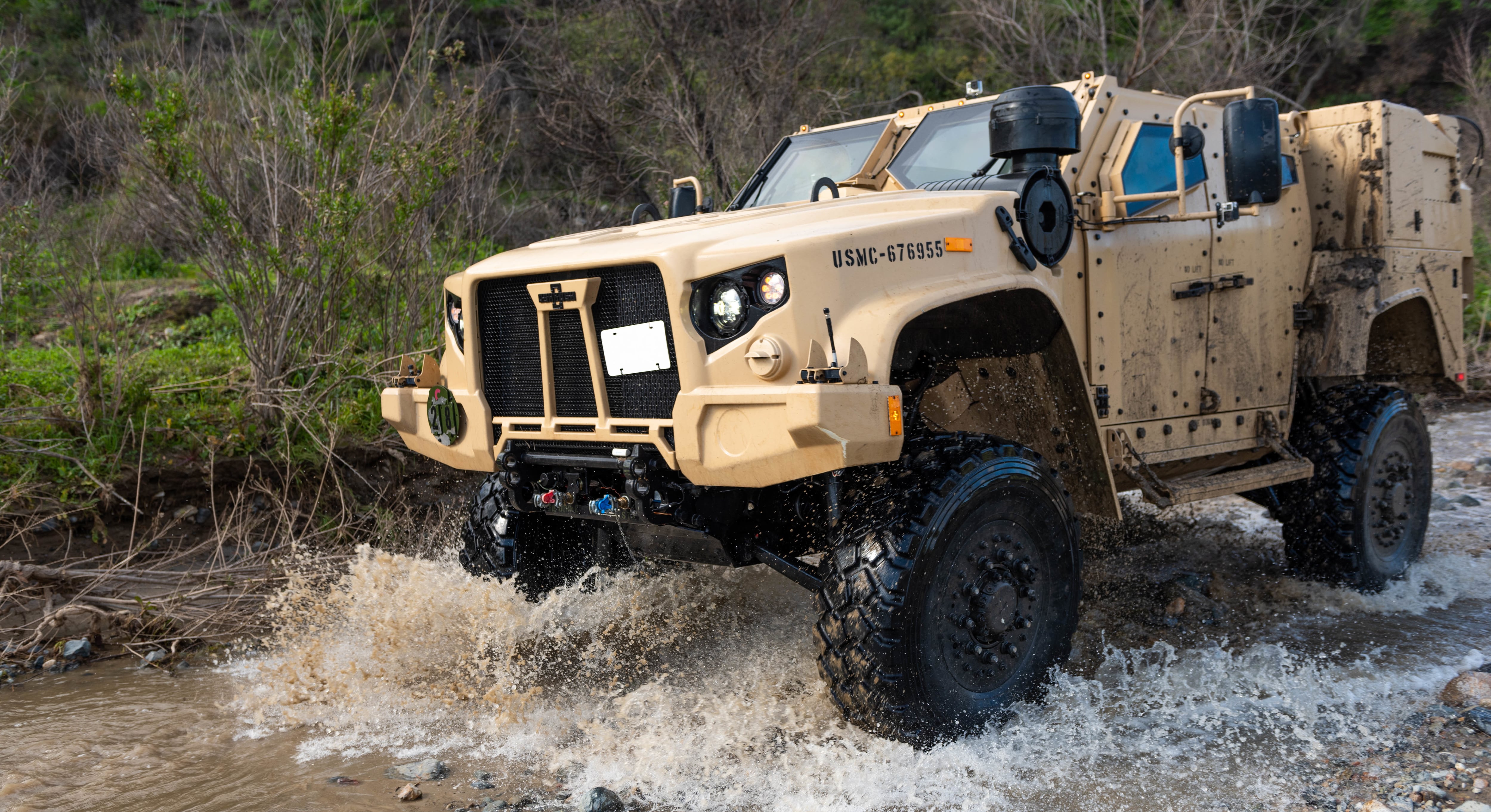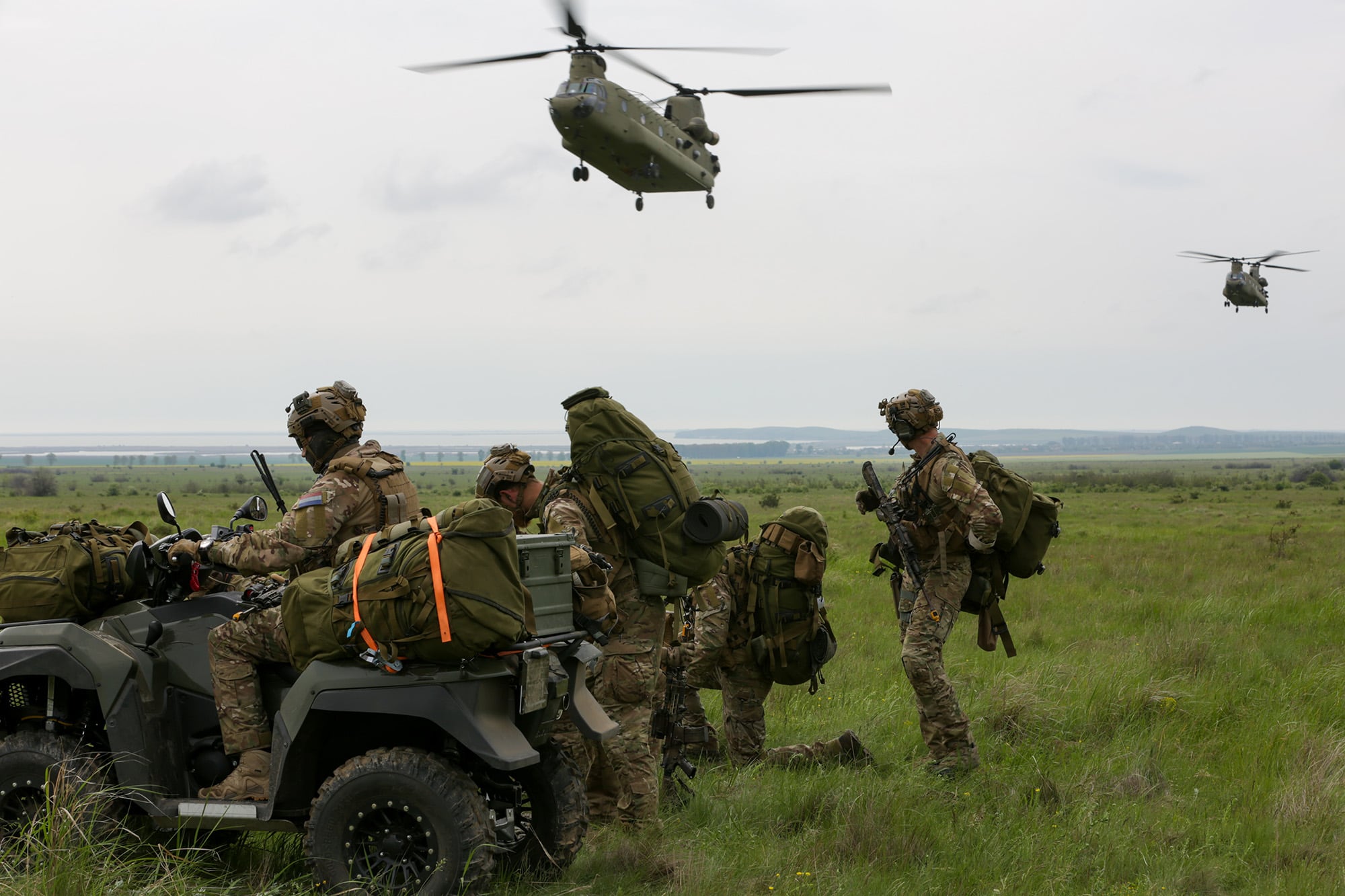WASHINGTON — The U.S. Army’s fiscal 2022 wish list — known as an unfunded requirements list — asks for $5.5 billion in additional money that would help reduce risk to operational readiness and protect critical modernization efforts, Army Chief of Staff Gen. James McConville states in a June 1 letter accompanying the service’s list obtained by Defense News.
The Army needs additional funding beyond its $173 billion budget request in FY22 in order to hold on to momentum gained in recent years, McConville noted. The FY22 budget is a $3.6 billion reduction from what was approved by Congress in FY21. The FY22 president’s budget request was released May 28.
“While we have managed to flatline end strength, sustain the readiness gains the Army has achieved in FY18-21 and further invest in our six modernization priorities, our progress is at risk if we don’t have real growth of 3-5% above inflation going forward,” McConville said in the letter sent to the congressional defense committee.
The unfunded requirements list is a document the military services send to Congress each year following the release of the defense budget request to tell lawmakers about where they could use more funding in a perfect world. The lists are usually provided at the request of congressional defense committees.
The budget reduction in FY22, McConville wrote, “come as the Army pivots from incrementally improving 1980s weapons systems to resourcing an aggressive 21st century Army Modernization Strategy.”
The Army protected its modernization priorities in the FY22 budget, but at the expense of legacy fleets. Some vehicles and aircraft will be procured or upgraded at a slower rate than planned. The service would like an additional $1.1 billion for tactical training, soldier quality of life and strategic power projection capabilities as well as $1.9 billion for modernization and equipping that restores reductions in aviation, wheeled and tracked combat vehicles and cyber security upgrades, according to McConville.
The Army would also like $608 million for construction and infrastructure modernization efforts.
And the Army chief would like a $1 billion “placeholder” for “unforecasted” direct and enduring war costs (the new Overseas Contingency Operations funding) and homeland contingency operations. The next fiscal year marks the first year wartime funding is included in the base budget and not separated out since its inception.
“The completion of Operation Freedom’s Sentinel at the end of FY21 will not result in immediate cost savings,” Army officials wrote.
The Army needs an additional $470.4 million to cover potential enduring and direct war costs, according to the list.
And the service would like an additional $570 million to support homeland contingency operations. “The Army has maintained consistent support to Homeland contingency operations throughout the years and has leveraged internal resources to support this requirement,” the document states. “However, with a reduced topline in the FY22 budget, the Army seeks funding to support this requirement.”
A total of $898.4 million would would ensure investment in people serving in the Army, including an additional $500 million to cover the cost of updating family housing and barracks across the force.
Better protection for soldiers that would operate in cold weather is desired as well. The Army is asking for $155 million for better fitting body armor and extreme cold weather gear, particularly as it looks to execute its Arctic strategy.

Some of the pricier requests, more than $1 billion, come to support the Indo-Pacific and European theaters.
The readiness requirements within the wish list would support the Intelligence, Information, Cyber, Electronic Warfare and Space (I2CEWS) detachment within the Multidomain Task Force as it participates in Defender Pacific and other “deterrence initiatives.”
More funding would set up a pilot of the MDTF-All Domain Operations Center “to take full advantage of advances in digital warfare, autonomous robotics and artificial intelligence to maintain digital overmatch against near-peer adversaries,” the document stated.
The Joint Readiness Training Center’s Joint Operations Center at Fort Polk, Louisiana, would be modernized and the Army would establish two Combat Training Center-like events within the Indo-Pacific theater.
To get up to speed with its Army Prepositioned Stocks, the service would need another $400 million to “renovate and restore platforms and materiel” and another $190 million to cover transportation costs related to deployments that support strategic readiness, according to the list.
While the Army was able to preserve its top modernization priorities and critical enablers it would like an additional $1.87 billion to move forward on a variety of efforts, according to the wish list.
For example, the service wants extra funding to replace its Shadow unmanned aircraft systems with Future Tactical Unmanned Aircraft Systems (FTUAS) in eight Brigade Combat Teams.
“The additional funding will seize the opportunity and momentum achieved through the successful FTUAS ‘Buy, Try, and Inform’ Soldier touchpoint and represents a 2-year acceleration to the FTUAS program,” the document states.
Also on the unfunded list are an additional five CH-47F Block II Chinook cargo helicopters, the latest variant of the aircraft.
The Army only plans to procure the MH-47G special operations variant of the aircraft but after congressional pressure, the Army appears to be turning back toward the possibility of buying them for the regular force. The service decided years ago not to buy CH-47F Block IIs to ensure it can afford to bring two future vertical lift aircraft online in the early 2030s.
The service also wants to buy more Guided Multiple Launch Rocket Systems (GMLRS), Joint Air-to-Ground Missile (JAGM), 120-mm tank main gun ammunition and 155-mm artillery ammunition. The Army took a hit in the procurement of missiles in the FY22 budget. The lack of JAGM funding in the FY22 budget will result in a production break for as procurements will need meet minimum quantity requirements.
The FY22 budget also pared back on Joint Light Tactical Vehicle (JLTV) and Paladin Integrated Management program system procurement and the unfunded requirement list would prevent their extended fielding.

The Army had planned to field three to five BCTs worth of JLTVs each year to FY41, but current funding puts those plans in “jeopardy,” according to the list. The $122 million reduction per year will delay the fielding of one Armored BCT, which would push the end of fielding out to FY45.
A PIM reduction will delay an FY22 production contract award, according to the wish list, due to additional time BAE Systems would need “re-propose at reduced quantities.” Delays could cool the line in production at both York, Pennsylvania, and Elgin, Oklahoma.
The wish list would also prevent delays to the National Guard Abrams tank upgrades and would upgrade a brigade set of Bradley Infantry Fighting Vehicles to avoid obsolescence. The current Army reduction in funding delays fielding Army National Guard Abrams upgrades out beyond FY25.
The Army would also increase research and development funding for Offensive Cyberspace weapons and tools and the Terrestrial Layer System- Echelon Above.
The wish list includes funding for the currently unfunded Electric Light Reconnaissance Vehicle program, which could be the Army’s earliest foray into a vehicle fleet that uses alternative fuel.
The “lack of funding will delay the research, design, and builds of future eLRV prototypes as well as delay the initial Other Transaction Authority (OTA) of up to four (4) contractors to participate in Soldier Touch Points,” the document states.
The Army is also hoping Congress might add $606.3 million in funding to support more installation modernization.
“Units continue to operate in poor or failing facilities that require restoration, modernization, or replacement including HVAC and electrical systems to sustain the power load of modern operating systems,” the wish list documents state.
Jen Judson is an award-winning journalist covering land warfare for Defense News. She has also worked for Politico and Inside Defense. She holds a Master of Science degree in journalism from Boston University and a Bachelor of Arts degree from Kenyon College.




